Spring Surveys at Eelmoor Marsh
May 31, 2023
May 31, 2023
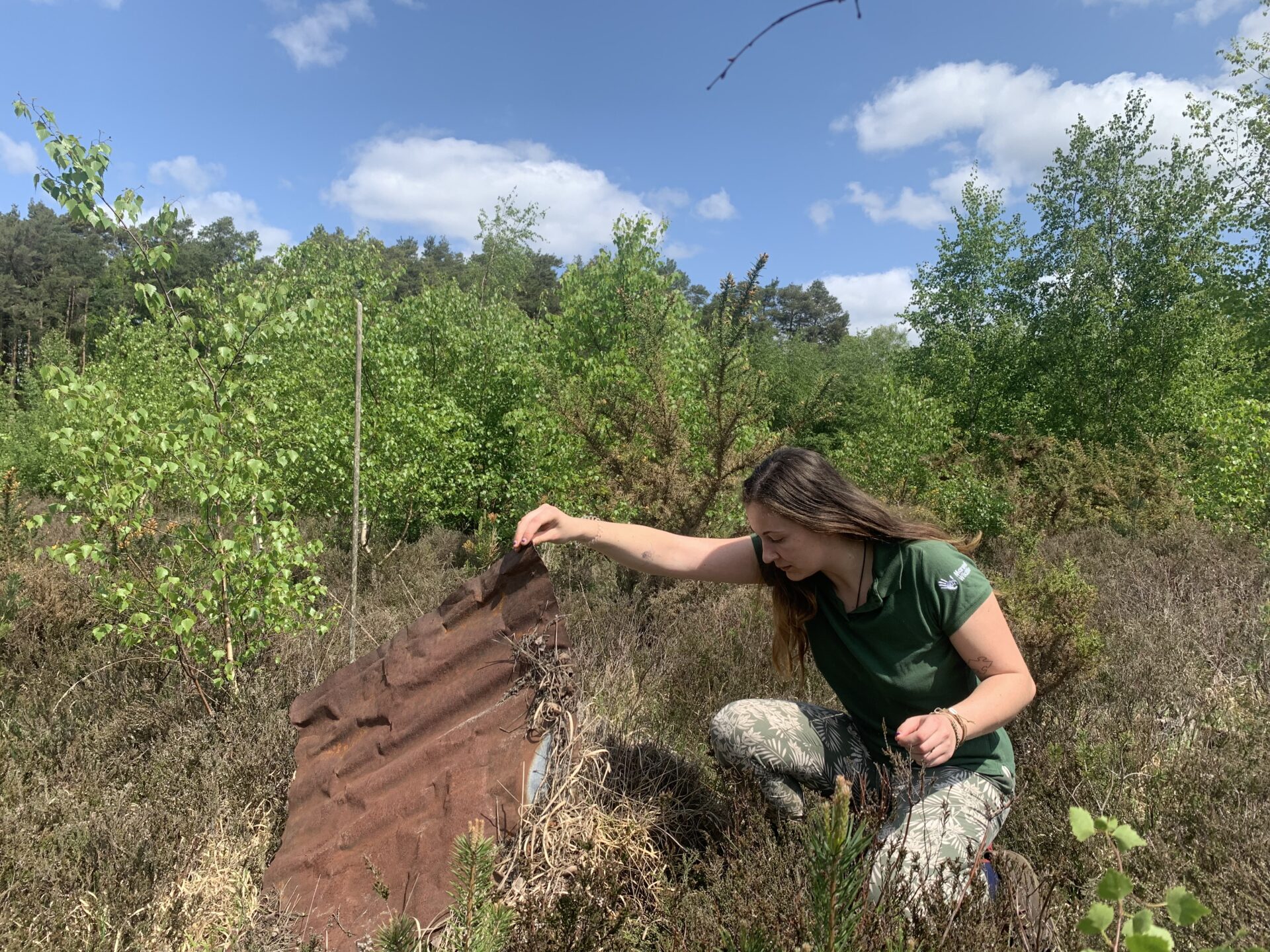
Now that spring has finally sprung, ecological surveys at Eelmoor Marsh SSSI are well underway. Every year, we monitor the animal and plant life at the site to add records to our long-term datasets and allow us to determine the success of our management in creating important habitat for rare species.
Due to the wet start to the year, spring arrived very late, and many species have been delayed in their emergence. Never-the-less, the reptiles on site have certainly been enjoying the May sunshine, with the first grass snake of the year spotted basking last week, along with many slow worms and common lizards among the vegetation. Our reintroduced sand lizard population has also started to become more active, with the first sighting last week. Hopefully, they will soon begin to breed and lay eggs on the sandy heathland areas created for them.
The sunshine has also awoken many spring invertebrates, including butterflies such as the brimstone, peacock, and orange tip, and giving us the first green hairstreak and dingy skipper records of the year. While widespread, the green hairstreak is not common in the UK, having undergone several local declines and is now only found in small colonies. As such, it is a priority species for conservation at Eelmoor.
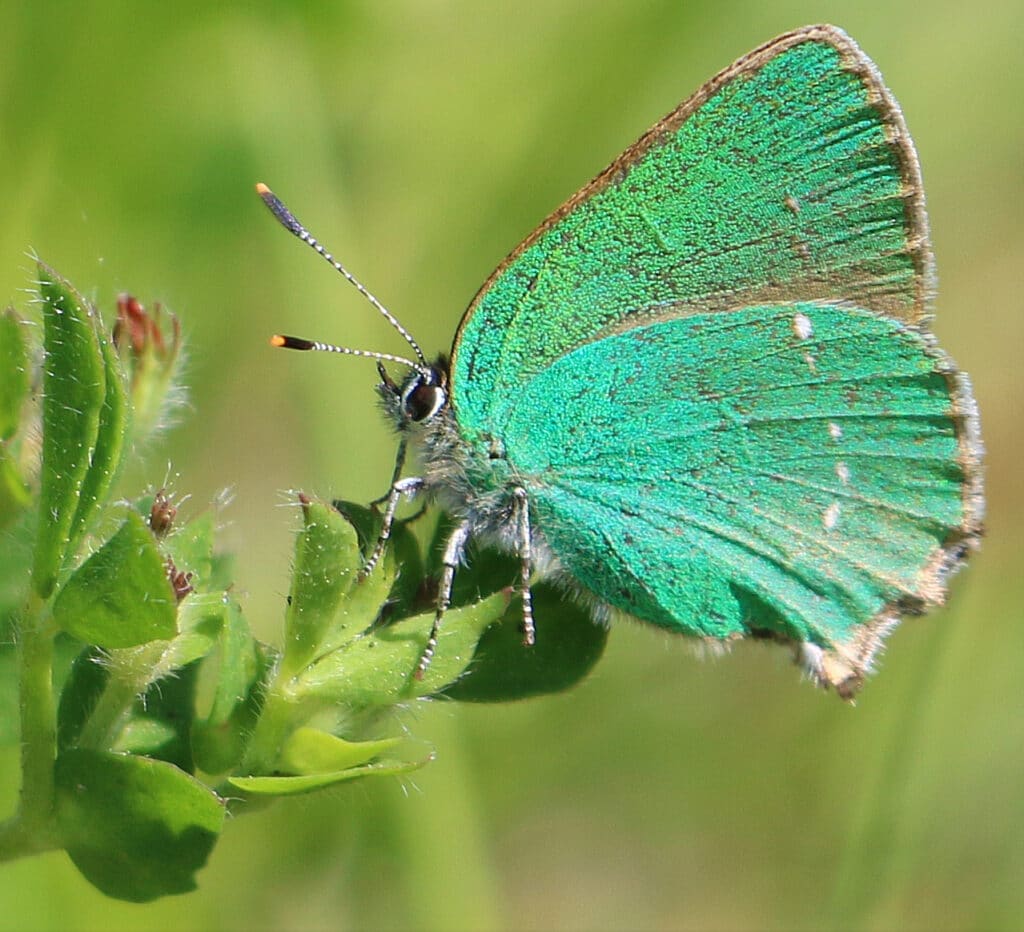
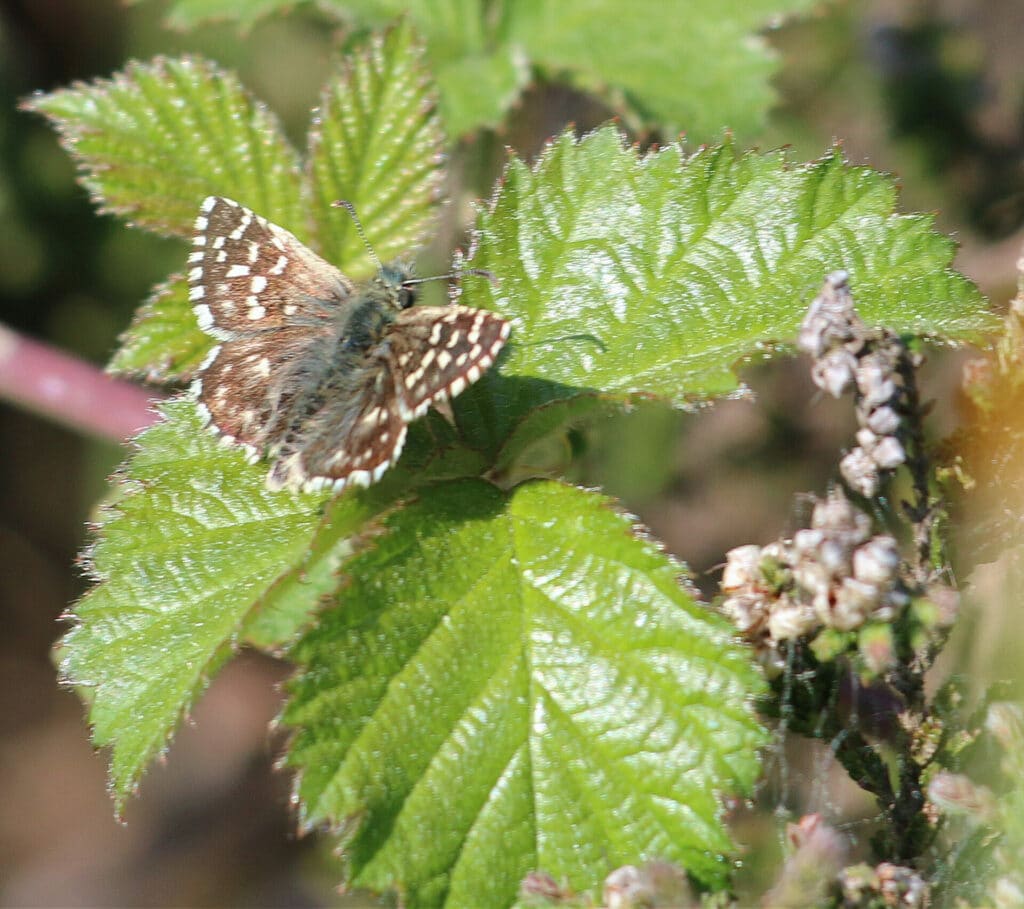
While it is still too early for most dragonflies and damselflies, the early emerging large red damselfly has been spotted in abundance. Other invertebrates buzzing around include various bumblebee species working hard to pollinate the plants, and the iridescent green rose chafer beetle, an important addition to any ecosystem as it feeds on decaying matter and helps to recycle the nutrients.
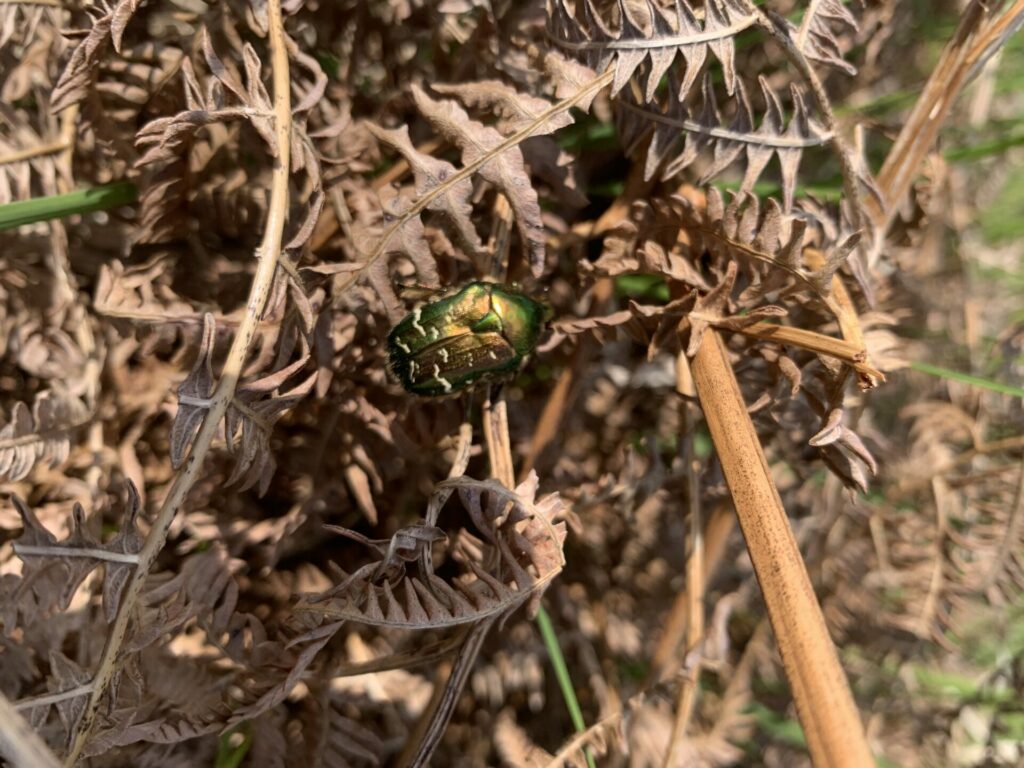
Bird surveys at Eelmoor are focused on three of the rarest and most notable heathland species – Dartford warblers, woodlarks, and nightjars, all of which have been found breeding on site in the past. These birds are protected under Annex 1 of the Birds Directive, meaning they are subject to special conservation measures to protect their habitat. So far this year, Dartford warblers have been found to be doing very well, often seen singing from atop the gorse bushes. No woodlarks have been seen yet, and nightjar surveys will occur later in the season.
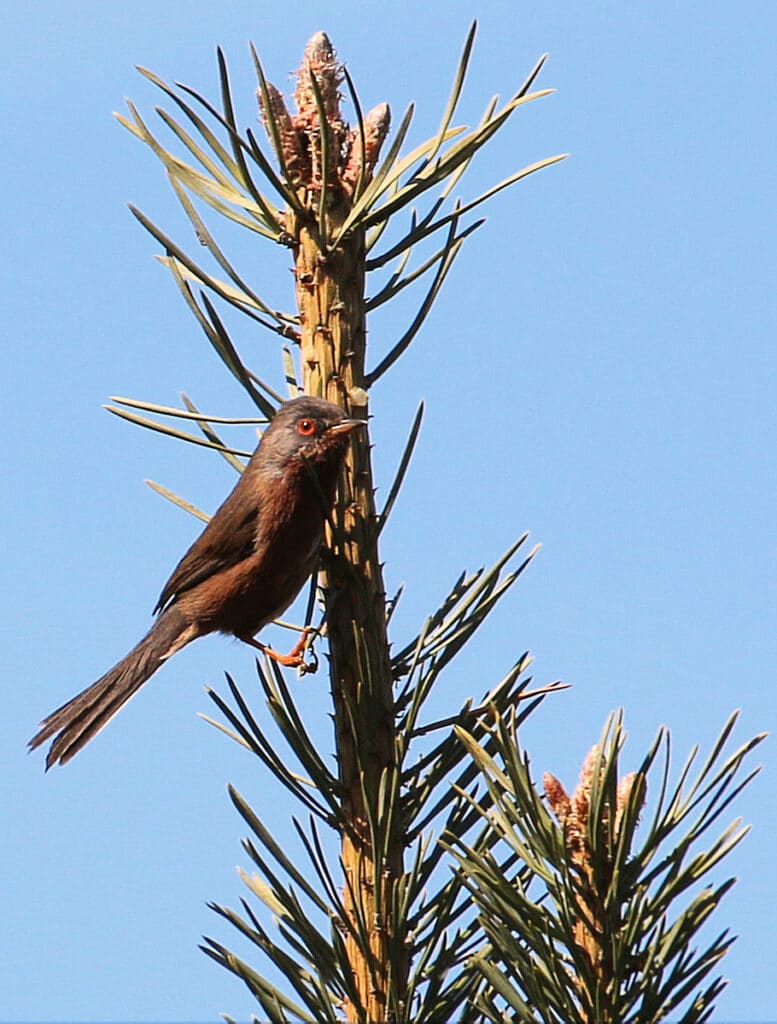
The marsh is especially notable for its rich botanical life – which played a large part in its original SSSI designation. Due to the late spring, flowering of many species has been delayed, however the first survey in early May found healthy populations of lesser chickweed and heath dog violet. The heath dog violet is under threat from hybridization with the common dog violet, however in recent years, populations at Eelmoor appear to be faring better than in the last decade, and winter management work in 2022 to remove over-shadowing gorse bushes should reduce the risk of hybridization. The violets certainly seem to be thriving – the recent survey discovered a new site for this species that had never been recorded before.
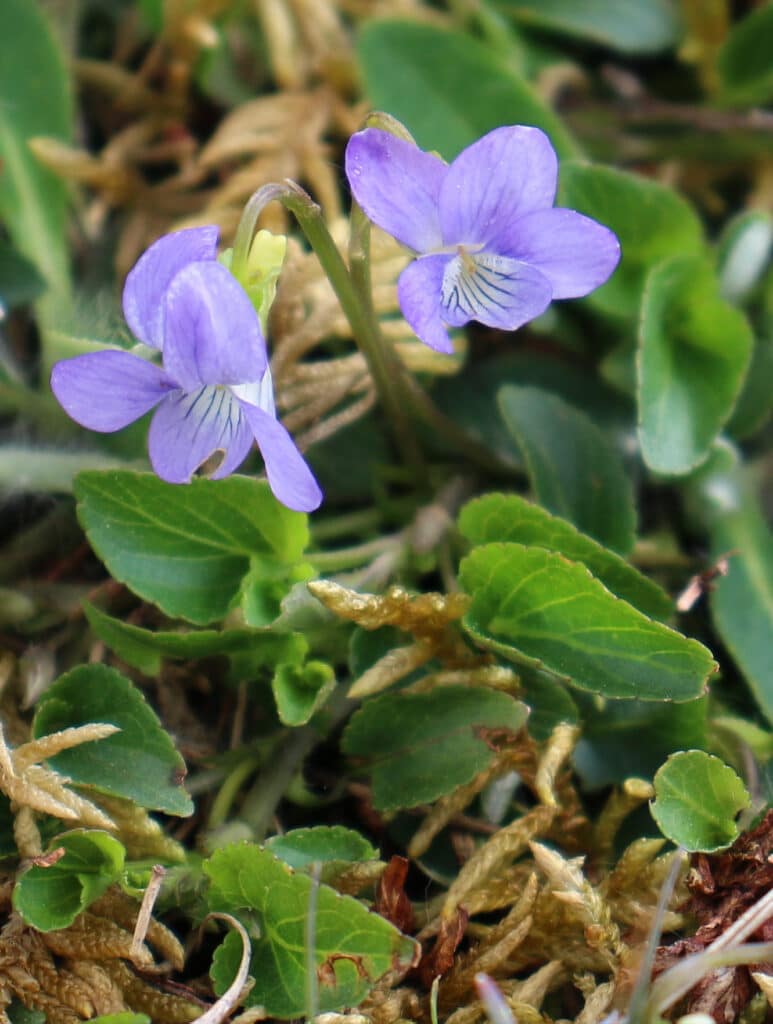
As the survey season continues, the data we collect will help us to inform our management practices for this coming winter, respond to changes in the ecosystem, and highlight areas on which we need to focus our efforts. We would like to thank Richard Bullock, John Eyre and Arcadian Ecology for their work.